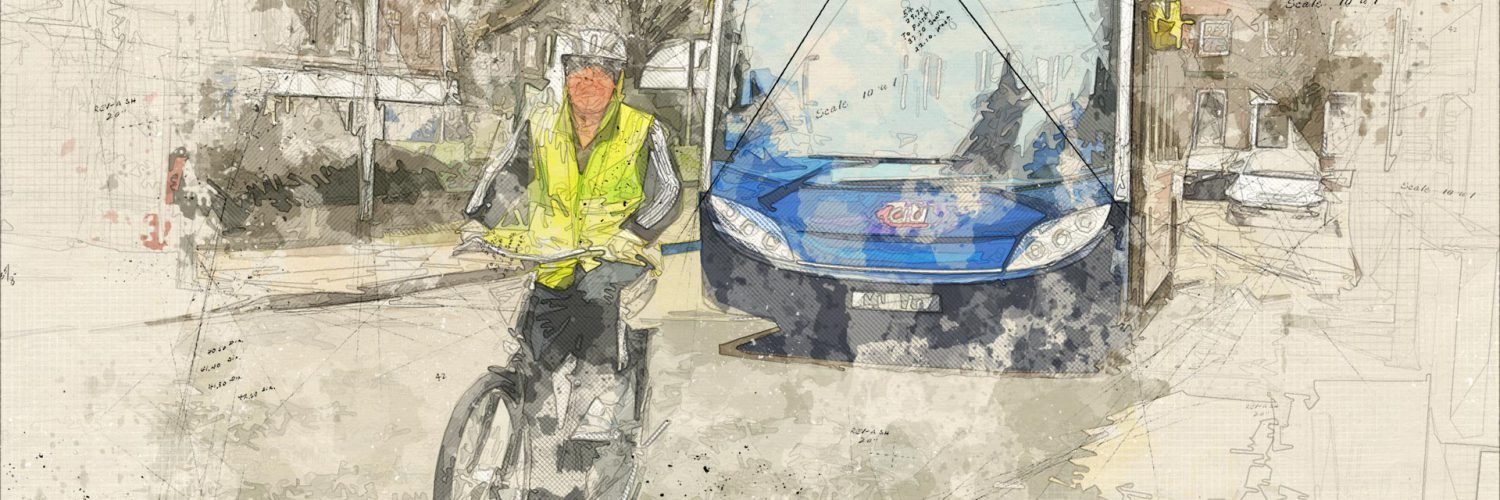The recently formed National Infrastructure Commission has published its report on the Cambridge–Milton Keynes–Oxford corridor. It identifies a chronic shortage of housing as the greatest risk to growth. Unsurprisingly, it sees building new infrastructure as the solution: new and upgraded roads and a new (or reinstated) railway line.
It calls for a “joined-up plan for housing, jobs and infrastructure,” but points out that this “will need to be formally ratified through 27 separate governance processes.” It’s no wonder that Government is keen on devolution and partnerships like the Heartland Strategic Alliance and London Stansted Cambridge Consortium to get local authorities making decisions together.
Some of the report’s key recommendations on transport include:
- Using under-utilised rural and suburban rail stations as rail-based park and ride hubs.
- Developing long-distance park and ride on the strategic and major route network to extend intra-city bus transit to those living outside large population centres.
- Creating bus-only corridors on radial routes into and out of city centres.
- The development of demand management mechanisms to manage the flow of private vehicles in city centres including, for example, congestion charging.
- Building overground and underground light-rail systems to serve the fastest-growing cities and their travel to work areas.
- Developing new park and ride models using autonomous vehicles – eventually removing privately owned, self-drive vehicles from city-centres.
Of these, perhaps only (3) is controversial. It’s also possibly unnecessary if other measures are effective. Smarter Cambridge Transport would add to this list phasing out free parking in cities, and using Inbound Flow Control to minimise city-centre congestion.
It is encouraging that the report makes several references to the need for good design, saying for instance that it “will continue to work with urban planners and the design community to understand how infrastructure can enable new and expanded settlements which incorporate the highest standards of design and place making.”
The question though is, who will ensure that excellent design, and protection and enhancement of the environment, heritage and community are at the heart of new developments and infrastructure when the drivers are purely economic and the planning system favours developers?
This article was first published in the Cambridge Independent on 23 November 2016.



Add comment